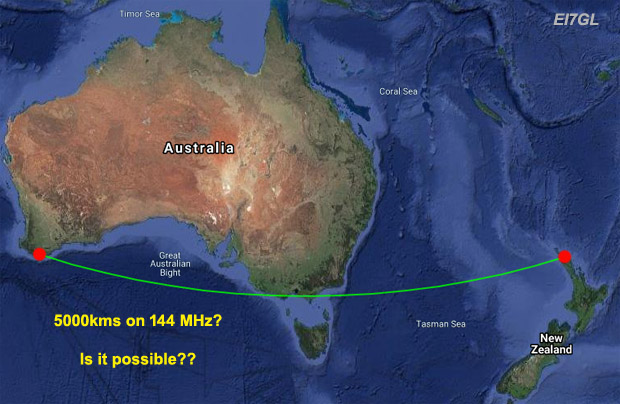As we start a new year, I had a look back at the stats for the blog for 2021. As can be seen from the chart above, the number of pageviews per month to the site reached about 23,500 which is up 33% on the year 2020.
Regular readers of the blog will know that I usually write about the 28 MHz and above. Sometimes I go 'off-topic' if I see something else of interest 😂 but the blog is generally about the VHF bands.
In that sense, it's nice to see that a lot of people are interested in what is happening above 30 MHz and radio is not all about the HF bands.
International... Even though the blog is now one of the biggest amateur radio sites in Ireland, the vast majority of traffic comes from all over the world. Looking through the stats, most of the traffic is from the USA, Canada, the UK, western Europe, Brazil & Argentina, South Africa, Australia & Japan.
Traffic from Ireland comes in at #6 on the list of countries.
Adsense & Donations... First off, a big thank you to all of you who supported the blog with donations and 'virtual coffees' in 2021. That and the small amount of income from the Adsense adverts gradually builds up over time.
The blog isn't a business and I'm not looking at it as a source of income. The way I look at it is if I really want something like say a new radio then I should buy that myself. The funds generated by the blog should go to other uses.
These are two examples...
1) As the largest Irish amateur radio blog, I'd like the funds to support amateur radio in Ireland in some way. The way I do this is to donate towards the Southern Ireland Repeater Network. Even though I'm not a big user of it, a lot of EI stations are and it generates a lot of inter EI activity.
2) DX-Maps... This website run by EA6VQ is great for those interested in propagation on the 28 MHz and VHF bands. It's free to use but I have an annual membership to support the site.
In 2022, I'd like to expand this a bit and put the limited funds to more use.
Virtual Coffees...
If you're a regular visitor to this blog and you'd like to support it then consider buying a 'virtual coffee'.
Link HERE
2022: Planning ahead... One of my main interests with the blog is to make a record of what I think are extraordinary or unusual openings on the VHF bands.
There is plenty of information and reports on DX-Clusters, Twitter, Facebook and sites like PSK Reporter but it's a bit like writing down something on a post it note. i.e. One good gust of wind and the note is gone.
Social media sites are a bit like that. They're fine for the here and now but pretty useless for anything long term.
I try to collect as much information as possible so that there is some sort of record of what happened.
To make the reports easier to find on the blog, I put up links to them to the dedicated pages that I have.
Example... 28 MHz ... 40 MHz ... 50 MHz ... 144 MHz
That's something I'd like to do more of but do a better job of it for bands like 70 MHz, 432 MHz and so on. I might also wander a bit and post about some other items as well but I know it will be about things that interest me rather than what gets the most hits.
Social Media: At the end of 2021, my social media feeds had the following number of followers...
Twitter: I hit 800 followers at the end of 2021!
Facebook: My EI7GL - Amateur Radio page had 343 followers at the end of the year.
Instagram: My EI7GL account has 210 followers there. The only reason I have an account here is to explore how Instagram can be used to promote amateur radio.
If you want to follow me then just look for EI7GL on each of those platforms.





































